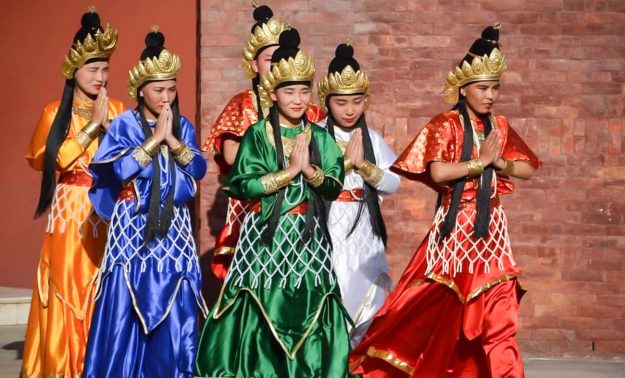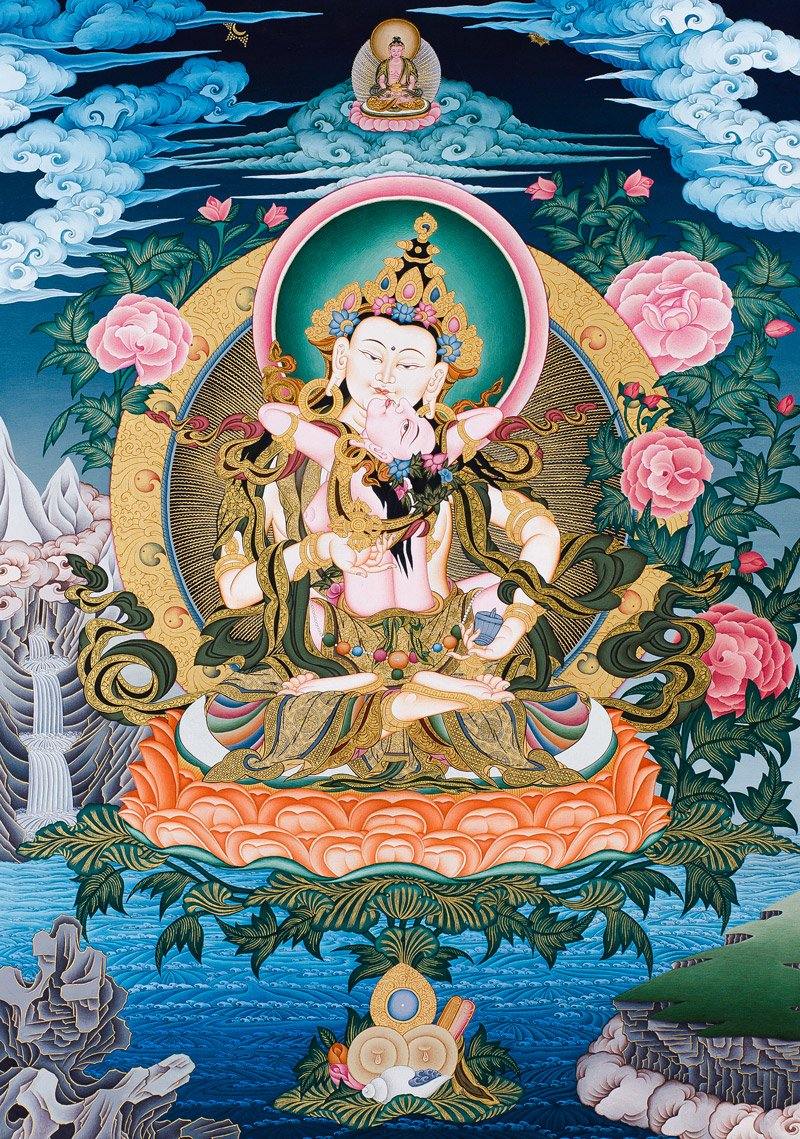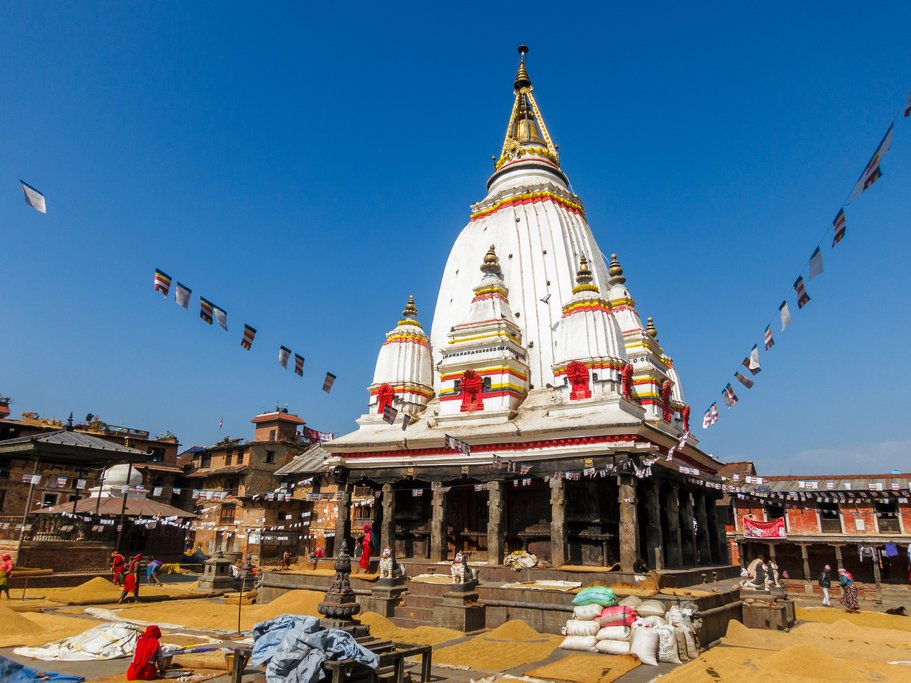Share this Article
In Nepal, animals are not merely considered part of the natural world; they hold significant cultural, religious, and social value. Deeply ingrained in Nepali society, animals have shaped traditions, rituals, and daily life for centuries. Whether revered as symbols of gods and goddesses, companions in rural life, or important components in agricultural and domestic work, animals play an indispensable role in Nepalese culture. This article explores the cultural role of animals in Nepali society, examining their significance in religion, festivals, agriculture, and daily life.
1. Sacred Animals in Nepali Religion and Mythology
Nepal, a predominantly Hindu and Buddhist country, views animals as sacred beings. Many animals are closely associated with deities in Nepali mythology and are revered through religious practices and rituals.
- The Cow – A Symbol of Life and Purity: Among the most sacred of animals in Nepal is the cow, which is revered as a symbol of purity and non-violence in Hinduism. The cow is considered a maternal figure, providing milk that sustains human life. The significance of the cow is particularly evident during Gai Jatra (the Cow Festival), where cows are paraded through the streets of Kathmandu, and Dashain, when cows are worshipped in honor of Mata (mother) Kamadhenu, the divine cow in Hindu mythology. In many parts of Nepal, cows are not slaughtered, and people are encouraged to treat them with respect.
- Elephants – Symbols of Lord Ganesha: The elephant is another animal deeply rooted in Nepali religious symbolism. As the vehicle of Lord Ganesha, the Hindu god of wisdom, prosperity, and remover of obstacles, elephants hold an important cultural and religious role. During Indra Jatra, an annual festival in Kathmandu, a magnificent procession features a decorated elephant, which is highly revered by participants.
- Sacred Birds – From Garuda to Swans: Birds are also significant in Nepali culture, particularly the Garuda, the mythical bird associated with Lord Vishnu. Garuda is a symbol of power, speed, and the removal of evil. Similarly, swans are considered auspicious in Hindu and Buddhist traditions and are often seen as symbols of grace and transcendence. The sighting of certain birds, such as the cuckoo or pigeon, is often seen as an omen or divine message.
2. The Role of Animals in Nepali Festivals
Animals are central to several festivals in Nepal, often participating in rituals that celebrate religious beliefs, harvests, and cultural traditions. These festivals highlight the close relationship between humans and animals.
- Tihar (The Festival of Lights): The festival of Tihar is one of the most animal-centric celebrations in Nepal. Each day of the festival is dedicated to honoring a specific animal. On Kukur Tihar (the day of dogs), dogs are worshipped for their loyalty and protection. People decorate their dogs with garlands of marigolds, apply tika (vermilion), and offer them food as a gesture of appreciation. Similarly, Cow Tihar involves worshipping cows, while Gai Tihar honors other animals like oxen and cocks.
- Buddhist Celebrations: In Buddhist traditions, animals also feature prominently. Lhabab Duchen, a Buddhist festival commemorating the Buddha’s descent from heaven, is celebrated with animal offerings in monasteries. In some regions, sacred animal statues, such as lions and deer, are placed around stupas and prayer wheels as part of spiritual practices.
- Sacrificial Rituals and Offerings: Animal sacrifice is an ancient tradition in some Nepali festivals, particularly Dashain. In this festival, goats, buffaloes, and chickens are sacrificed to the goddess Durga as a way of seeking blessings for good health, prosperity, and protection. While controversial in modern times, this practice continues in some communities, underscoring the complex relationship between animals and religious rituals.
3. Animals in Agriculture and Rural Life
In Nepal's rural areas, animals are integral to agricultural life, serving as laborers, companions, and sources of sustenance. The role of animals in daily life extends far beyond religious and cultural significance—they are vital to the livelihoods of many families.
- Oxen and Buffaloes – The Backbone of Agriculture: Oxen and buffaloes are the primary draft animals used in agriculture. They are indispensable in plowing fields, transporting goods, and assisting in various tasks related to farming. In traditional rural communities, oxen and buffaloes are cherished members of the family, and their well-being is considered crucial for ensuring a successful harvest.
- Goats and Sheep – Sources of Livelihood: Goats and sheep are common livestock in rural Nepali households. They provide milk, wool, and meat, and are an essential source of income for many farmers. Goats are particularly important during festivals like Dashain, where they are offered in religious sacrifices. The breeding of goats and sheep also plays a vital economic role, contributing to the agricultural economy.
- Chickens – Essential for Eggs and Meat: Chickens are commonly raised in Nepali households for both eggs and meat. In many rural homes, chickens are kept in small coops, where they are a valuable source of protein for families. The eggs are also important for traditional Nepali dishes, especially during festivals.
4. Animals in Nepali Folklore and Symbolism
Beyond religion and agriculture, animals play a significant role in Nepali folklore and symbolism. Nepali stories, legends, and rituals often feature animals as symbolic characters representing virtues, vices, and elements of nature.
- The Tiger and the Lion – Symbols of Strength: The tiger and lion are powerful symbols in Nepali folklore, often representing strength, courage, and royalty. The royal family once adopted the tiger as its symbol, reflecting its association with power and protection. Similarly, the lion is a symbol of victory and courage, and it is often featured in Buddhist and Hindu imagery.
- Monkeys – Associated with Lord Hanuman: The monkey is another animal with profound religious significance. In Hindu mythology, Lord Hanuman, the monkey god, is a central figure known for his strength, loyalty, and bravery. Monkeys are often seen as protectors and are sometimes worshipped in temples dedicated to Lord Hanuman. Additionally, monkeys are a common sight in the temples and sacred sites in Kathmandu Valley, where they are treated with reverence.
- The Snake – Symbol of Rebirth: The snake holds a special place in both Hindu and Buddhist symbolism. Nag Panchami, a festival dedicated to serpents, is observed with rituals that honor the Nagas (serpent deities) and seek protection from snake bites. The snake is associated with Lord Shiva, who wears a snake around his neck, symbolizing the cycle of life, death, and rebirth.
5. The Role of Animals in Nepali Art and Architecture
Animals also feature prominently in Nepali art and architecture. From intricate carvings in temples to painted depictions in murals and sculptures, animals are often depicted as divine creatures, symbols of power, or guardians of sacred spaces.
- Temple Carvings and Statues: Many temples in Nepal, particularly in the Kathmandu Valley, feature carvings of sacred animals. Horses, elephants, tigers, and cows are often found in religious artwork and temple sculptures, symbolizing the divine and auspicious presence of gods and goddesses.
- Folk Art and Paintings: In Nepali folk art, animals are frequently depicted in vibrant colors and detailed patterns. Mithila paintings, for example, often feature animals such as elephants, horses, and cows, used to symbolize fertility, wealth, and prosperity.
Conclusion: Animals as Integral to Nepali Identity
In Nepal, animals are far more than just part of the natural world—they are deeply embedded in the fabric of society. From their religious and cultural significance to their importance in agriculture, daily life, and art, animals play a vital role in shaping Nepali identity and tradition. By respecting and honoring animals in rituals, festivals, and everyday life, Nepali society acknowledges their integral role in the continuity of cultural practices and the well-being of the people. This rich relationship between humans and animals is a testament to Nepal's deep respect for nature and the creatures that share its land.
Categories:
History & Heritage
,
Lifestyle & Local Life
Tags:
Local Life







